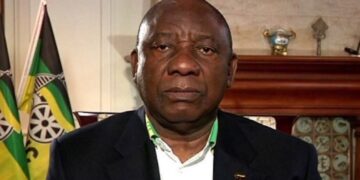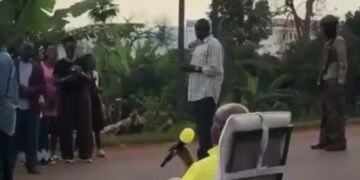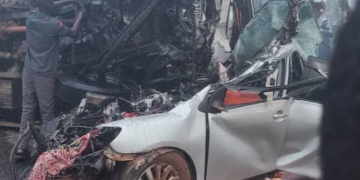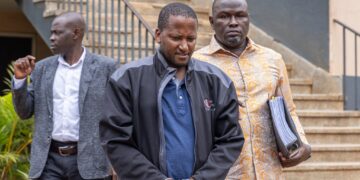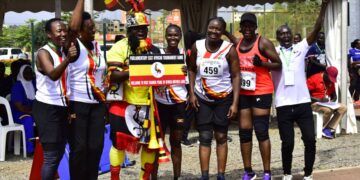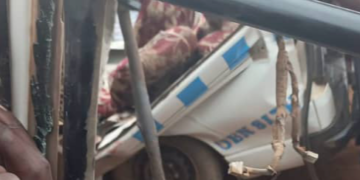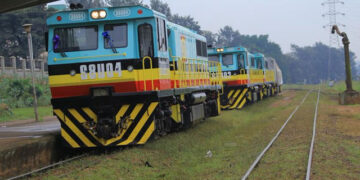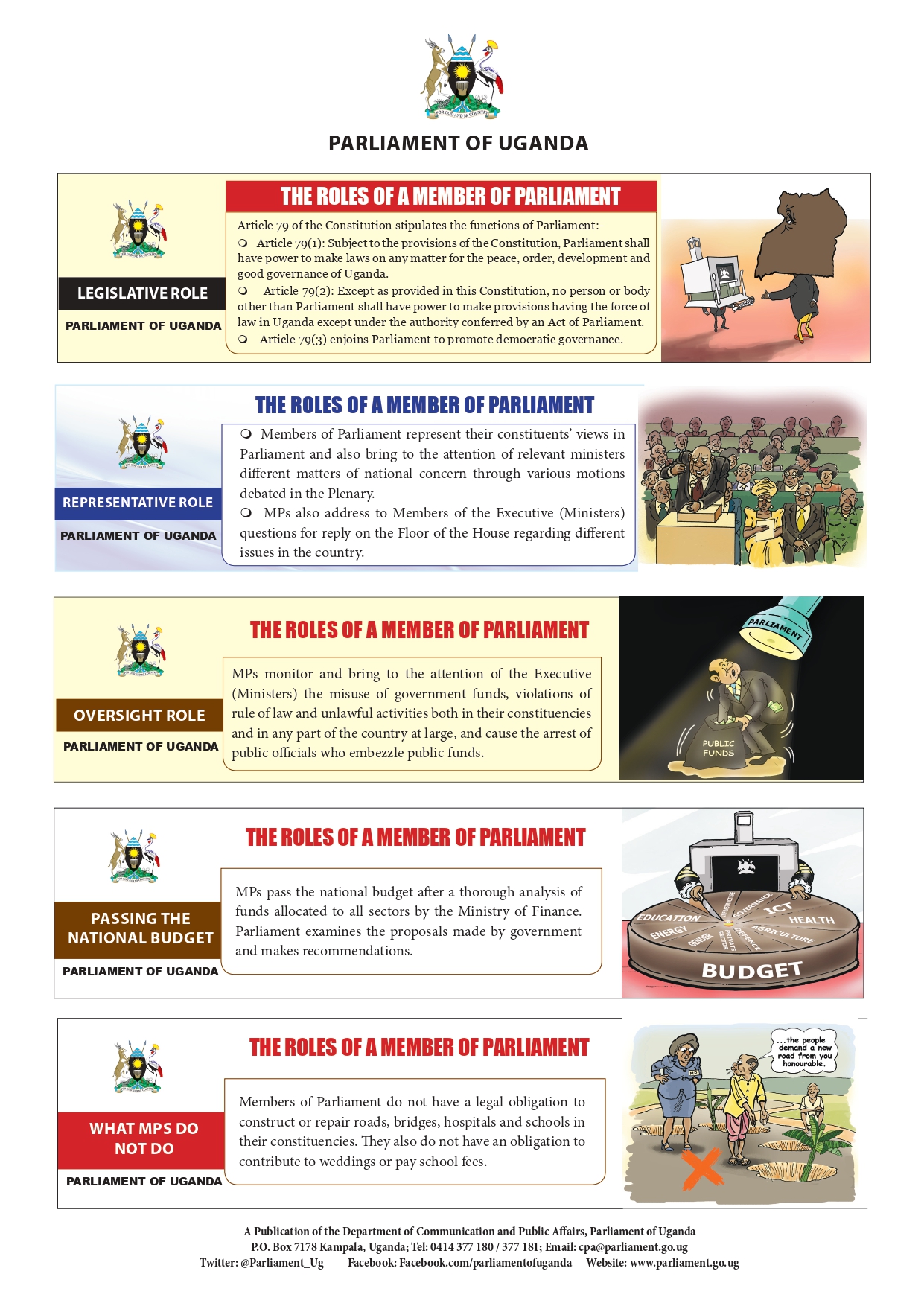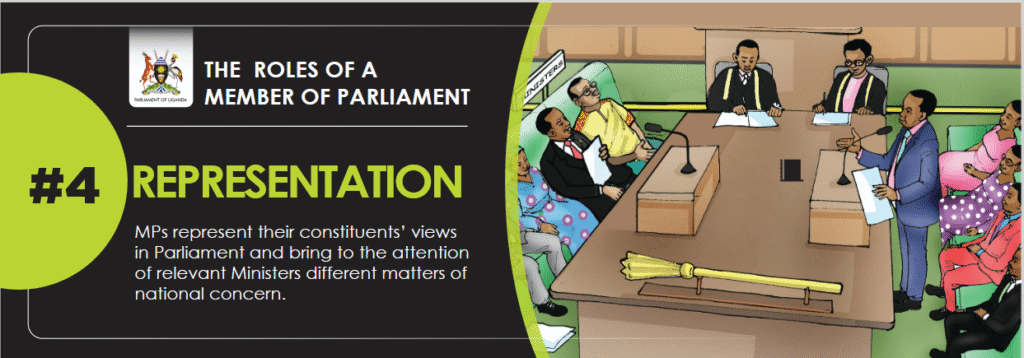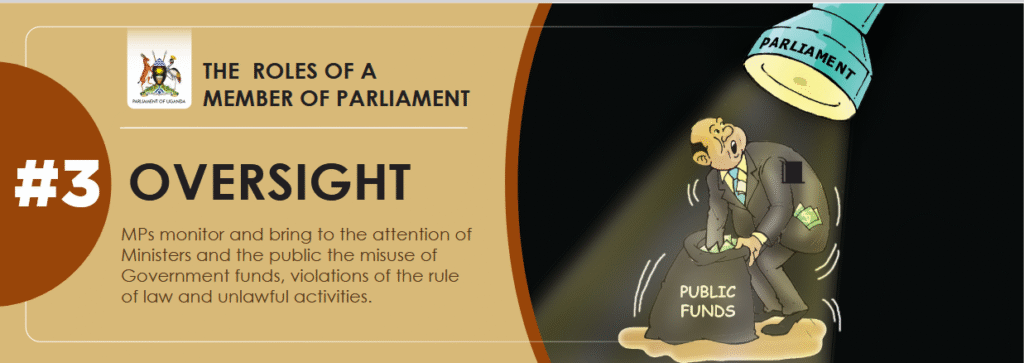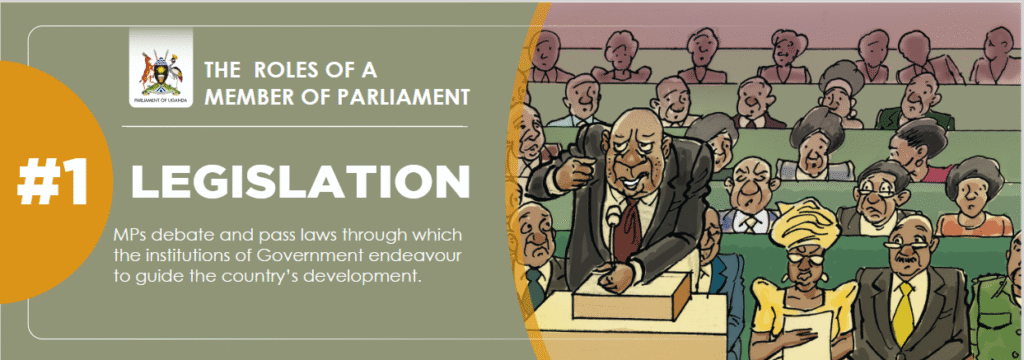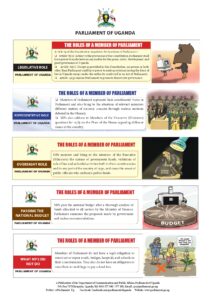A Sudanese taskforce into the missing persons says it has found new evidence of mass murder by the military junta that took power after toppling the Omar al-Bashir regime.
The head the Committee on Missing Persons, Prof al-Tayyeb Al-Abbasi, announced his team had discovered a mass grave but declined to name the location for what he said were security reasons.
He said it is of people who fell victim to the atrocities of the military that took leadership after Omar al-Bashir was toppled last year in April.
The people are suspected to have been killed in June last year after the military crushed a protest of people demanding a civilian government.
It adds to the atrocities committed by al-Bashir himself who was removed from power following months-long protests against his leadership. But the findings now fingers the military which ran the country for several months before a transitional government took power in August 2019 under Prime Minister Abdalla Hamdok.
The committee said in a statement on Wednesday that it had visited and reviewed all mortuaries and investigated their records. It will now begin work on identifying the victims through DNA testing and checking the actual causes of deaths before the mass burial.
The statement explained that the investigations committee will complete the exhumation and re-autopsy procedures once the site has been seized and secured.
The committee was formed by the Sudanese Attorney-General and is meant to investigate all people said to have disappeared during the Bashir years between 1989 and April 2019 and including the period held by the junta to August.
Army officers’ bodies
In July, the team had reported finding a mass grave of 28 bodies, thought to have been those of army officers who attempted a mutiny on Bashir’s regime in 1990, a year after he came to power through coup. They were allegedly shot and buried in one grave in Omdurman, the twin city of the capital Khartoum.
In June, they had found another mass grave, south east of the capital, of people said to have been rounded up and killed for trying to escape compulsory military service in 1998.
Bashir, indicted twice by the International Criminal Court for war crimes, genocide and crimes against humanity, is accused of silencing the dissent during his reign, mostly by employing the brutal hand of his security forces to kill critics.
The mass grave in question is suspected to be of those people who were staging a sit-in in central Khartoum in 1989 before security forces stormed and removed them. They were never seen again.
An Initiative for missing persons launched earlier shows that dozens of people were still uncounted for, while the Sudanese Central Committee of Doctors reported up to 108 had been confirmed killed in similar disappearances disappearances by the junta.
Sudan’s ousted long-serving leader Omar al-Bashir has gone on trial in the capital, Khartoum, in connection with the military coup that brought him to power more than three decades ago. Bashir is also wanted by the International Criminal Court (ICC) for alleged war crimes and genocide in the western Darfur region.
The authorities in Sudan said in February they were are ready to hand the former leader over to the ICC.
Bashir, who has already been convicted for corruption, could face the death penalty if found guilty over his role in the 1989 coup.
More than 20 former officials are on trial alongside him. The civilian uprising started in late 2018 as anti-austerity demonstrations but quickly morphed into a call to end his rule.
















